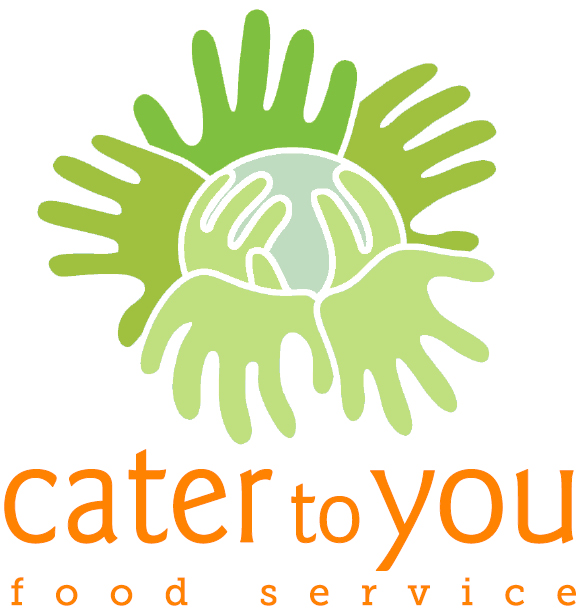Busting Through 4 Nutrition Myths for Kids
While well-intentioned, some nutrition advice can do more harm than good – especially when children are involved. Here are a few long-held statements that are better left off the table. Instead, urge kids to listen to their bodies and tune in to what feels good when it comes to fueling up. There’s a pretty good chance you may benefit from busting through these myths, as well.
Myth 1
Breakfast is the most important meal of the day.
While it’s true that fueling up in the am can help boost brainpower, improve focus, and provide energy for physical activity, it’s possible your child (or you) just may not be a morning eater. Forcing breakfast down certainly isn’t fun. To ensure a healthy start, allow time in the morning and create a routine that involves a small morning snack your child will enjoy. Think outside the cereal box; opt for a smoothie that they can sip on the go, a PB and J sandwich, or leftovers from last night’s home-cooked dinner. Quesadillas, burritos, and even salads are healthier options than processed bars, pancakes, breads, and pastries.
Myth 2
Drink lots of milk for strong bones.
While milk and other dairy products are a good source of calcium, so are leafy greens, nuts (if your child can have), tofu, soy milk, and other fortified foods. The dairy-bone health link is one of the most pervasive milk myths, according to the Physician’s Committee for Responsible Medicine. “One large-scale Harvard study followed 72,000 women for two decades and found no evidence that drinking milk can prevent bone fractures or osteoporosis. Another study of more than 96,000 people found that the more milk men consumed as teenagers, the more bone fractures they experience as adults.” And, another study found that adolescent girls who consumed the most calcium, mostly in the form of dairy products, were at greater risk for stress fractures than those consuming less calcium. The truth is that many nutrients work together to provide the framework for healthy bones, which is why a whole foods, plant-based diet is so crucial to growing bodies. Calcium is important, but the body also needs vitamin D to help absorb the calcium from food. It is difficult to consume enough vitamin D from food, so kids should get 15 to 20 minutes of sun exposure daily (sans sunscreen) or ask the pediatrician about a vitamin D supplement. Magnesium, vitamin K and regular physical activity are also paramount.
Myth 3
Snacks will ruin your appetite.
This statement wholly depends on the snack in question. Sure, filling up on candy and junk food between meals (or anytime) will not only leave less room for the good stuff, but it will likely ruin kids’ mood and behavior, as well. Snacking smart can have just the opposite effect by keeping temperaments even-keeled, and cravings and hangry in check, which can also help alleviate overeating at mealtimes. Fresh fruit, hard-boiled eggs, or trail mix can help get kids through from school to practice to dinner. Single-serve hummus and guacamole packs are other great options as they are filled with fiber and healthy fats. The quality of the snack is what is important.
Myth 4
“You can’t have dessert until you finish your vegetables.”
Forcing down veggies just to get to the ice cream teaches the brain that “dessert is…more desirable than vegetables. Vegetables are to be endured to obtain dessert (Psychology Today).” Using food as a reward can actually undermine healthy eating habits and often leads to children overeating foods that are high in sugar, fat, and empty calories. If you have been using the no dessert tactic, try a different approach: get kids involved in all aspects of cooking so they own their health. Go food shopping together and let them select veggies they want to try. Search for recipes together and get creative while you cook the veggies together. Showing your own enthusiasm for healthy eating can have a great effect, as well. There is a place for dessert, just not as a “reward.”
